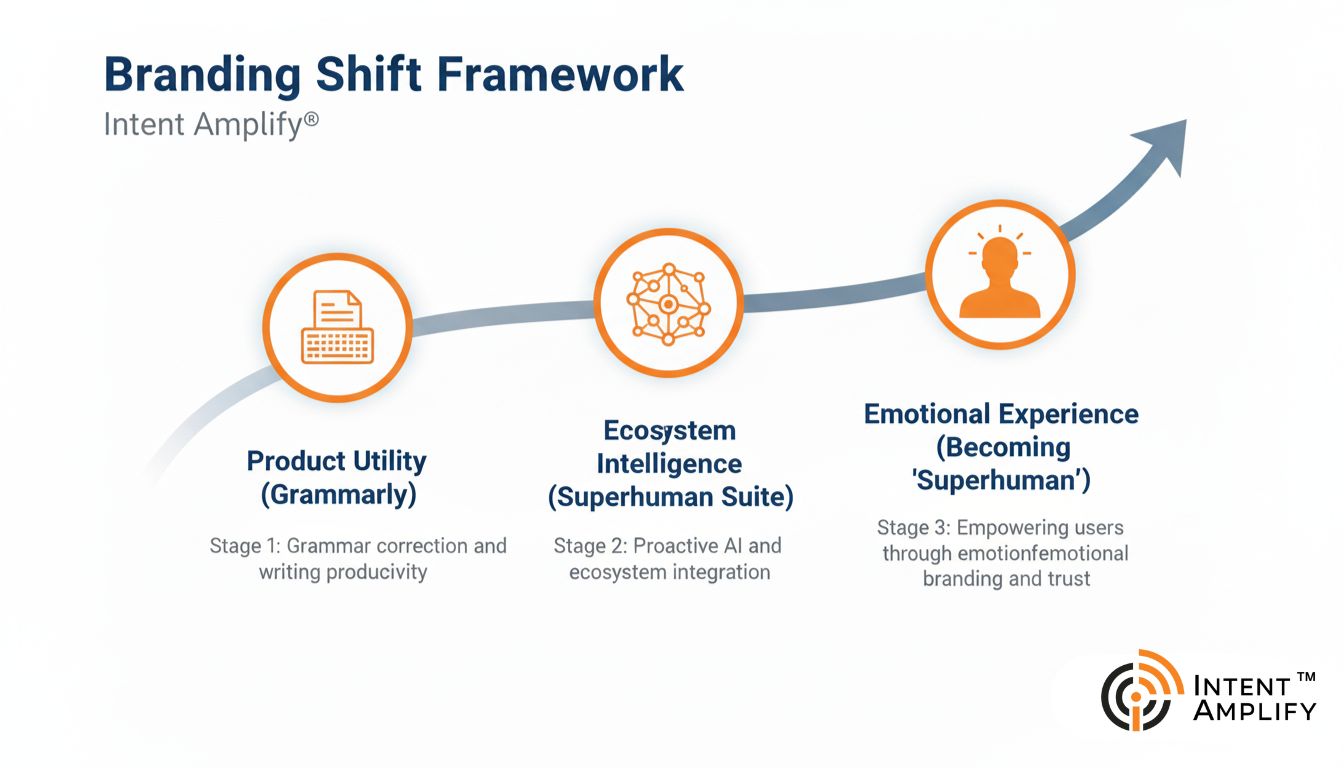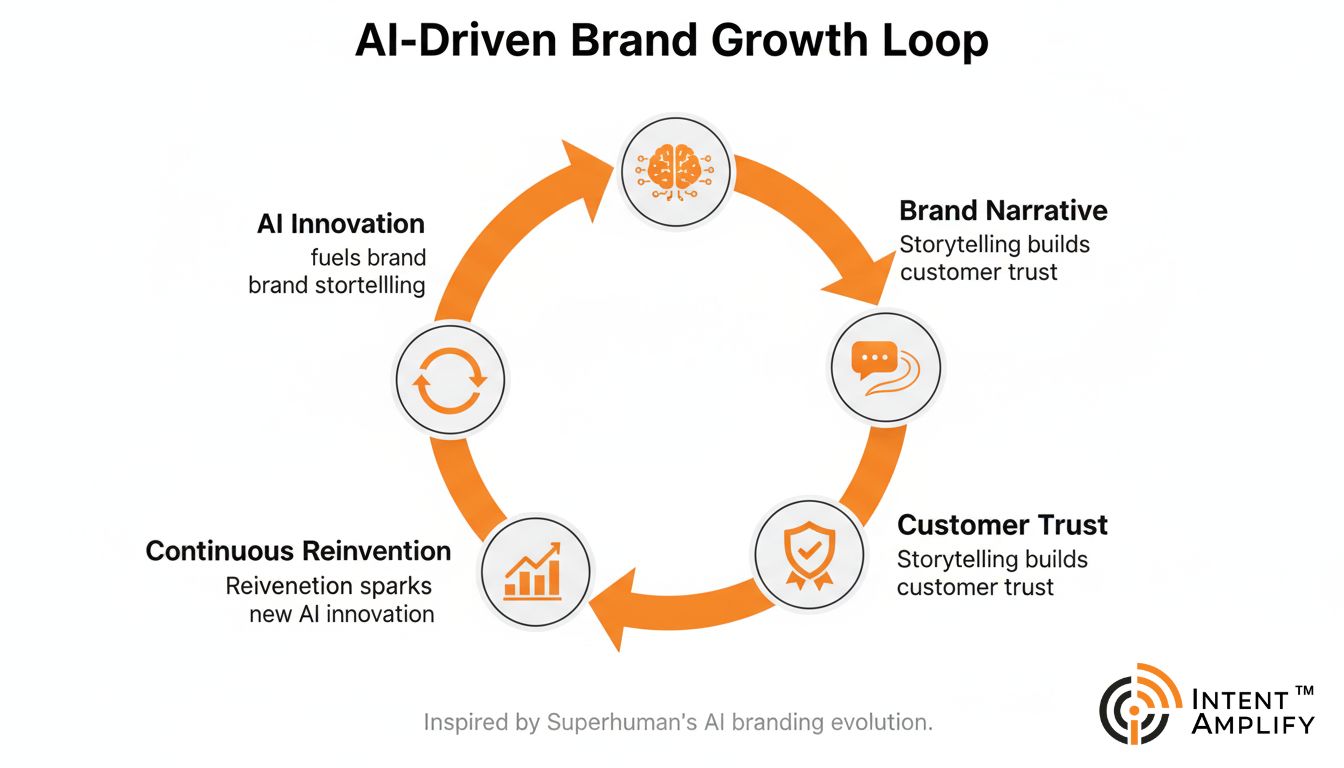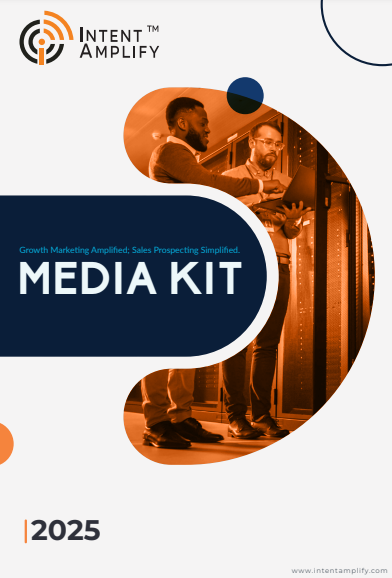
What Grammarly Becoming Superhuman Move Teaches B2B SaaS Companies About Branding and Growth
- Last updated on: October 30, 2025
In a bold transformation, Grammarly has unveiled itself as Becoming Superhuman. This makes a strong statement about how SaaS branding will develop in the AI era. This move teaches B2B SaaS companies important lessons about how to position products in a market that is changing quickly, strengthen brand narratives, and encourage customer loyalty.
The transition marks a strategic move from a single-purpose product to a comprehensive ecosystem of intelligent tools. Grammarly’s move shows that the most successful SaaS brands of 2025 will be those that solve problems and also redefine how people experience technology.
The Strategy Behind Grammarly’s Becoming Superhuman Transition
Grammarly’s evolution reflects a deep understanding of the new SaaS reality. Today’s users no longer want standalone tools; they expect intelligent and adaptive ecosystems. The company’s new Superhuman Suite and Superhuman Go are designed to integrate AI across every workflow, from writing and communication to task management.
This approach repositions Grammarly as an AI-native productivity brand. For the Company, it’s now about enabling human potential. This emphasizes how crucial it is for B2B SaaS executives to match product innovation with brand identity. The name, narrative, and positioning of your business should change in tandem with the real-world applications of your product.
Why Becoming Superhuman Resonates with the Modern SaaS Audience
The brilliance of Becoming Superhuman lies in its emotional clarity. It connects AI advancement with human empowerment. A message that resonates far beyond the tech community. This is where many SaaS companies fall short. They focus on features instead of transformation.
This change necessitates reconsidering the narrative for B2B brands. These days, the best SaaS companies compete not only on functionality but also on how they make their users feel more capable, quicker, and more intelligent. Grammarly’s messaging turns AI into an enabler of human excellence. That’s precisely what modern SaaS customers want to hear.
B2B marketers can adapt this framework to assess where their own brand stands in its evolution curve.
Lessons B2B SaaS Marketers Can Learn from Grammarly’s Move
A brand must evolve with its audience.
Grammarly is now becoming Superhuman after rebranding. This move demonstrates how even the most popular SaaS products need to adapt to their customers’ needs. B2B buyers of today are more sophisticated, value-driven, and need a flawless experience across all touchpoints. In order to meet the needs of their users, SaaS marketers must continuously modify the brand narrative. Your brand gains credibility and becomes a reliable extension of your audience’s experience as your messaging develops with them.
Emotion is a growth engine.
Grammarly’s Becoming Superhuman reframes its technology and also how people feel when they use it. That’s an emotional leap many B2B SaaS companies overlook. A well-crafted emotional story drives customer retention and quality engagement, the two things any good lead generation strategy aims at. When your brand story inspires people, advocates are created who buy faster and stay longer.
Integrate intelligence, don’t advertise it.
Grammarly’s new Superhuman Suite shows the strength of intelligent design that blends AI into workflows. This idea can be used by B2B SaaS providers to position automation, analytics, or intent data in their messaging. quicker deal cycles, more effective campaigns, or better marketing and sales coordination. This results-driven storytelling helps potential clients see your value without needing technical proof. It amplifies your reach through smarter content marketing strategies.
Create ecosystems, not products.
SaaS growth now depends on how well a solution integrates across a customer’s entire ecosystem. Grammarly’s shift into Superhuman expands from writing assistance to a broader platform of AI-driven productivity tools. This reflects one of the success stories of the best models of B2B SaaS companies. To achieve similar traction, brands should build partnerships, optimize data sharing, and tailor personalized marketing initiatives. Here, when your platform functions as an ecosystem, your customer experience compounds in value. This leads to sustained growth and higher-quality pipeline opportunities.
Together, these lessons highlight a broader truth. In today’s AI-driven economy, branding and growth are inseparable. The most successful SaaS companies will be those that build a unified story. These will be the ones that blend emotion, intelligence, and measurable results to create brands that don’t just perform well but feel indispensable.
Conclusion
Grammarly’s transition into becoming Superhuman redefines what it means to be a SaaS brand in the AI era. It’s a reminder that innovation isn’t just about new features. Actually, Innovation is about building stories that scale with technology and human ambition.
FAQs
1. Why did Grammarly decide to rebrand itself as Becoming Superhuman?
Grammarly’s goal to develop into an AI-native productivity environment that enables users to do more than just write and edit is reflected in the branding.
2. What impact does Becoming Superhuman have on SaaS marketing tactics?
Becoming Superhuman demonstrates how AI integration and poignant storytelling may change how SaaS organizations position themselves for expansion.
3. Why is Grammarly’s rebranding important for B2B SaaS companies?
Grammarly’s action shows how brand alignment and intentional AI positioning may foster long-term customer loyalty and user trust.
4. What can SaaS companies learn from Becoming Superhuman?
Startups can learn to put emotional resonance and user experience ahead of technical jargon. Specifications don’t sell as well as stories.
5. How can SaaS marketers apply the Becoming Superhuman model to their own branding?
By aligning their brand purpose with AI-driven value propositions that enhance customer experience across every touchpoint.





